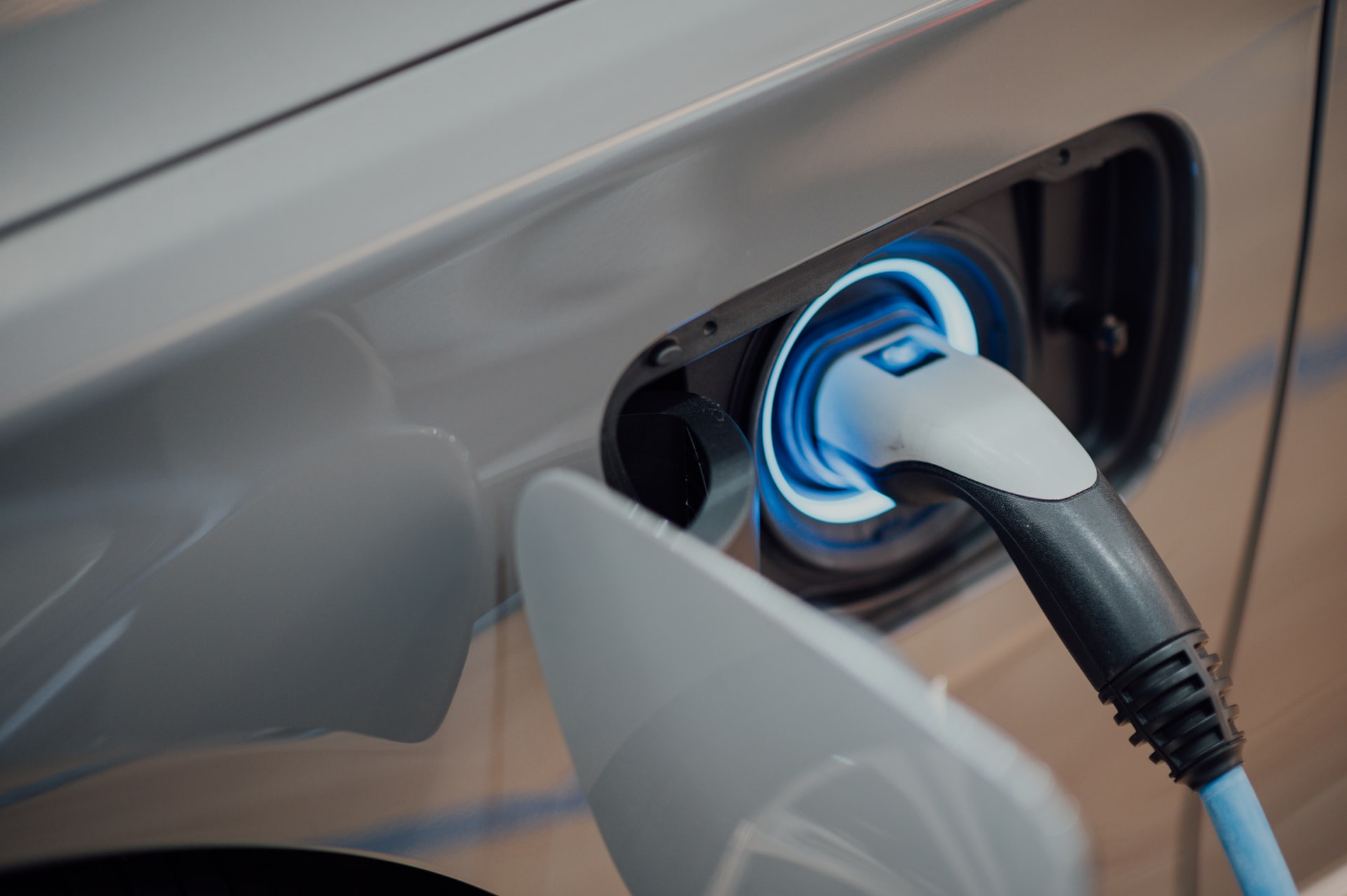Welcome to our educational section on electric vehicle range!
If you have ever used any electronic device, you know one of the top concerns of buying such a device is the battery life. How long will the battery last? And more importantly, how many hours can you use the device before the battery runs out? The usage potential of a battery in any electronic device declines over time. Therefore, the number of hours you can run the device also decreases as a battery ages.
Electric vehicles are no different. EVs are simply a new category of machines that run on batteries. Since battery electric vehicles (BEVs) are fully powered by batteries, buyers need to know how these batteries affect the range of driving mileage that they can get over time. If you are thinking of buying an electric car, keep reading to better understand how the range of EV batteries change over time.
What causes the range of a battery to decline?
Most current electric vehicles use lithium-ion batteries or similar technology. EV batteries lose their range and degrade over time with use, no matter how perfectly you take care of them. However, they are built to last for a long time.
Different EVs from various manufacturers and different battery technology experience loss of range at a different rate. Range also changes based on how the battery is maintained over its lifetime. On average, it is estimated that electric vehicles lose about 1-2% of their range each year for the first few years, typically leveling off around year 5 and maintaining a much slower degradation rate after that.
This 1-2% range loss is not something to worry about, rather something to understand and expect from your electric car battery. EVs typically come with a warranty period of at least 8 years, during which if you see beyond normal degradation, you may be eligible for a free charge or replacement. The manufacturer’s warranty ensures that the battery is built with utmost durability in mind.
Battery degradation varies based on several factors. For example, batteries might show a faster loss of range due to age, environmental conditions, or charging behavior. Here are some tips to keep in mind when when it comes to EV batteries and electric vehicle range.
Decrease In Electric Vehicle Range Over Time
As soon as you start using an EV, the battery begins its journey of degradation, just like in any other electronic device. As you keep using your electric car over the years, naturally, the range decreases. Older batteries often degrade faster. The new generation and liquid-cooled batteries have better durability. They deteriorate at a slower rate which gives you a longer range over time.
The key takeaway is this. An older battery will tend to have decreased electric vehicle range when compared to a new EV equipped with a brand new battery. Not surprising, right? Your range will reduce as your electric car and battery age over time. Don’t expect to get the same driving range with a five year old Tesla as you did when you first pulled it off the lot.

Change In Electric Vehicle Range With Temperature
EVs tend to be more popular in regions with a warmer climates. This might be explained in part by the fact that warmer temperatures have shown to improve electric vehicle range and DC fast charging speeds.
On average, a typical battery cell will have a 40% more range loss at 20 degrees Fahrenheit than at 75 degrees Fahrenheit. If you live in a colder region and want to maximize your range, keep this in mind when planning your next road trip. That said, while you might experience transient range loss in colder weather, it should not result in faster long-term degradation of your EV battery.
Lithium batteries work fine at temperatures below zero, but the charging process becomes difficult. Some of the energy from charging is lost to keeping the battery warm. So, charging might be slow and inefficient in colder weather. To limit the electric vehicle range loss effects of cold on your battery, heat up the cabin while the car is plugged in and charging. Do this before you leave on your journey.
Extremely high temperatures have a worse impact on the long term battery capacity than colder ones. The effect due to cold is usually temporary, but capacity lost due to high temperatures happens at an accelerated pace, and there is no reversal for this. Contemporary EVs come with liquid-cooling and thermal management systems, so this is less of an issue nowadays, but you should still keep this in mind. In short, for the best electric vehicle range long-term, be mindful of temperature effects on your EV battery.
Fast Charging Effects on Electric Vehicle Range
Your charging habits contribute to electric vehicle range as well. Fast charging is one example. While infrequent fast charging doesn’t affect the battery too much, constantly doing so burdens the battery with an extra thermal load. More frequent DC fast charging damages internal battery components over time.
This damage ultimately leads to a reduction in battery capacity and loss of electric vehicle range for the EV. Over-charging the car, DC fast charging too often, and letting the battery drain out completely – these behaviors typically decrease the electric vehicle range faster than normal.

More Tips to Improve Your Electric Vehicle Range
In addition to the insights above, there are certain steps you can take as an EV owner to make sure an EV battery runs as long as possible. New battery technology is making this easier going forward. In the meantime, we have laid out some tips for you below:
Don’t Charge Or Discharge The Car Fully
Electric vehicles usually come with a limit that you can set so the charging will stop when the battery reaches that limit, such as 80%. This varies by make and model, as well as battery types (some newer ones are fine to charge to 100%). Regardless, know which type of battery your EV has and what the manufacture recommends for charging limits. This allows you to maximize your battery’s lifetime.
To delay the wear and tear on battery cells, avoid charging or discharging the battery completely. Try to stay in the middle range of your battery capacity. On long trips, certainly you might wish to charge 100% when getting started. But for normal driving, it is best to not to go above 90% or below 10%.
Park In Shaded Areas
Don’t park your EV in direct sunlight. This raises the temperature of the car immensely. Instead, find a shaded spot under a tree or in the garage at your home to prevent overheating of the vehicle. As mentioned above, high temperatures can affect your battery, which in turn affects your electric vehicle range.
Key takeaways
As outlined above, there are several factors that can affect your electric vehicle range. With a few simple steps, you can help maintain your battery’s health over the long term. Be mindful of charging habits, temperature effects, and other best practices to ensure a long ride with your EV for years to come.
We hope you found this guide on electric vehicle range to be helpful. Feel free to reach out to our experts at EV Universe if you have follow-up questions!

